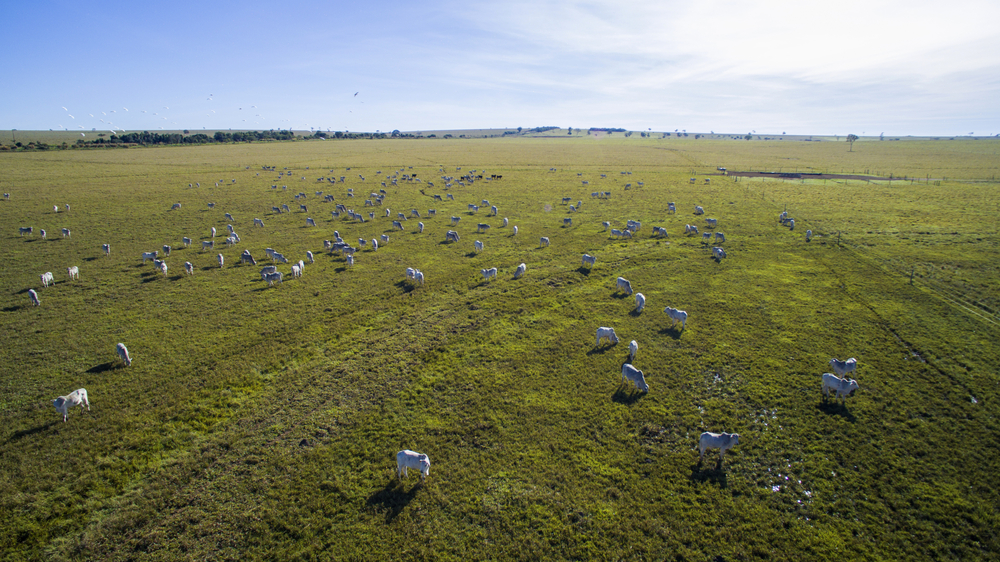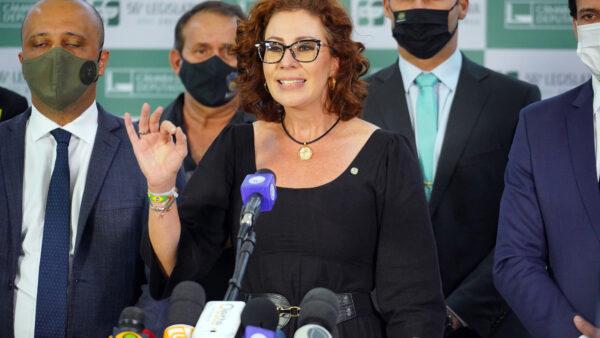Cattle first arrived in Brazil during colonial times, brought over from Europe to work on sugar cane mills. Soon after, a sudden increase in cow populations began causing problems on plantations, causing the Portuguese crown to ban the breeding of cattle on the Brazilian coast.
With that, bulls were taken inland, accompanying the explorers and fortune-seekers who occupied rural regions by force, enslaving and decimating indigenous populations.
Three centuries later, Brazil has the highest number of cattle on the planet, with 215 million heads. It is also the world’s biggest supplier of beef. There are cows in all 27 Brazilian states, being common even in the Amazon region, which has led to the accelerated deforestation of the forest.
Researchers are working around the clock to find ways to put the brakes on Brazil’s environmental disaster. As one example, a study published in scientific journal Royal Society Open Science shows that restoring pastures using existing techniques could actually lead to a 9.7 percent increase...


 Search
Search






































